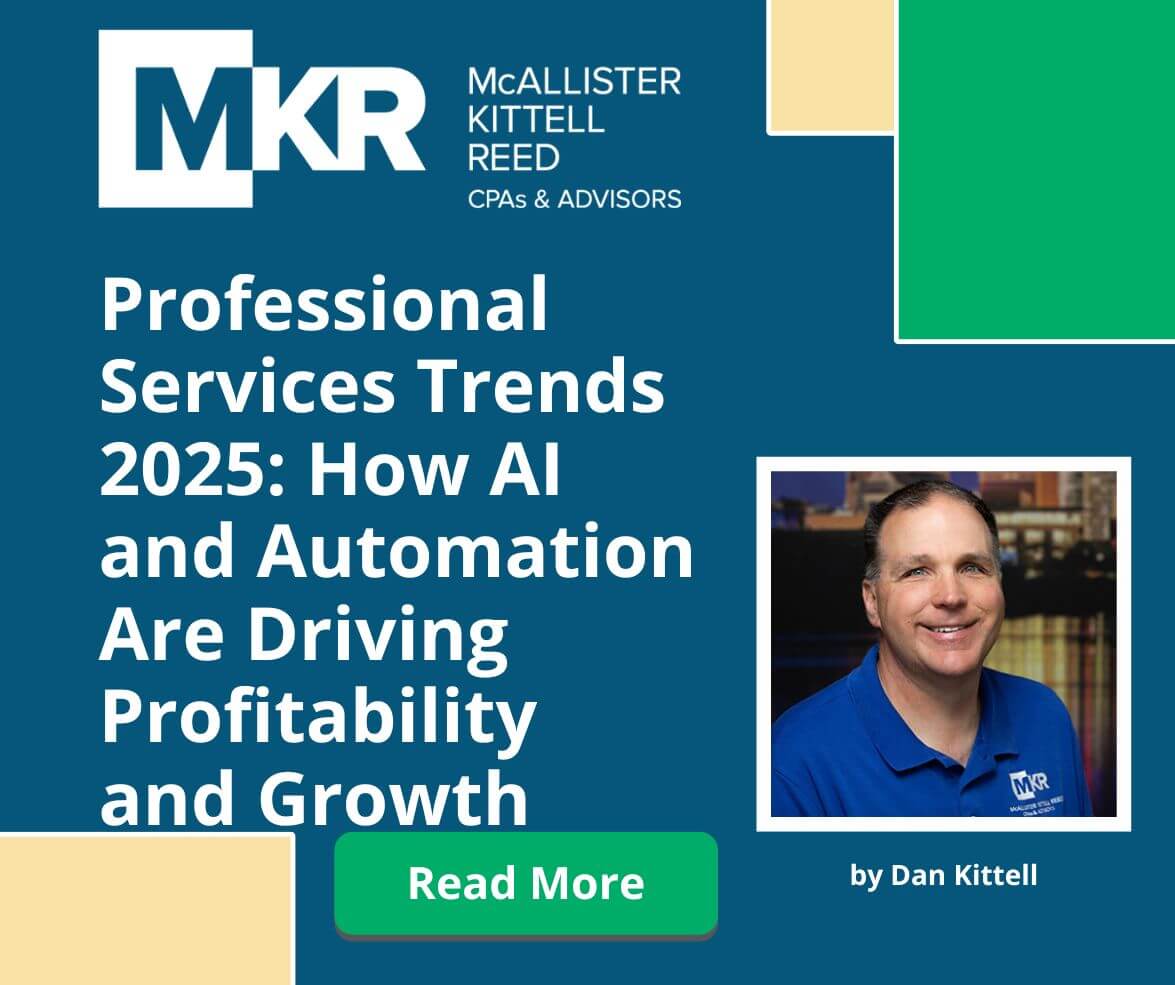Transferring an SBA loan isn’t a straightforward process. Whether you’re selling your company or planning for a family succession, understanding how to transfer an SBA loan and what’s legally allowed is critical for staying compliant and protecting your finances. In...










